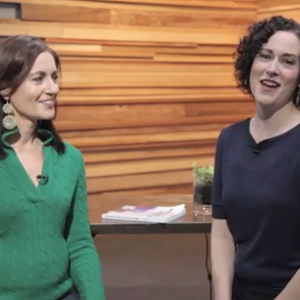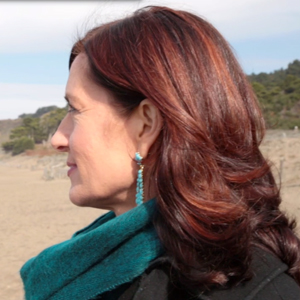Listen to my interview with Alex Blumberg of NPRs “This American Life” and “Planet Money.”
This week I was in Creative Live’s San Francisco recording studios as a student and not an instructor.
I enrolled in a storytelling course for podcasters taught by Alex Blumberg.
I’ve been listening to Alex for a decade and a half on “This American Life.” So when he chose to interview me, it was a bit surreal.
This disembodied voice was now embodied six inches away from me, holding a microphone, as we reviewed the most significant events in my life.
Examining turning points in my life, while being recorded in front of a worldwide audience, was not something I ever expected to do.
It felt like a life-review it’s said that we experience just after we die and just before we vanish back into stardust.
It was cathartic, therapeutic, and a complete affirmation of why I am so compelled to help other artists.
Down load and listen to this first generation American’s life as an artist.
Maybe you can relate?
If so, please share how. Leave a comment below and share with two friends.










